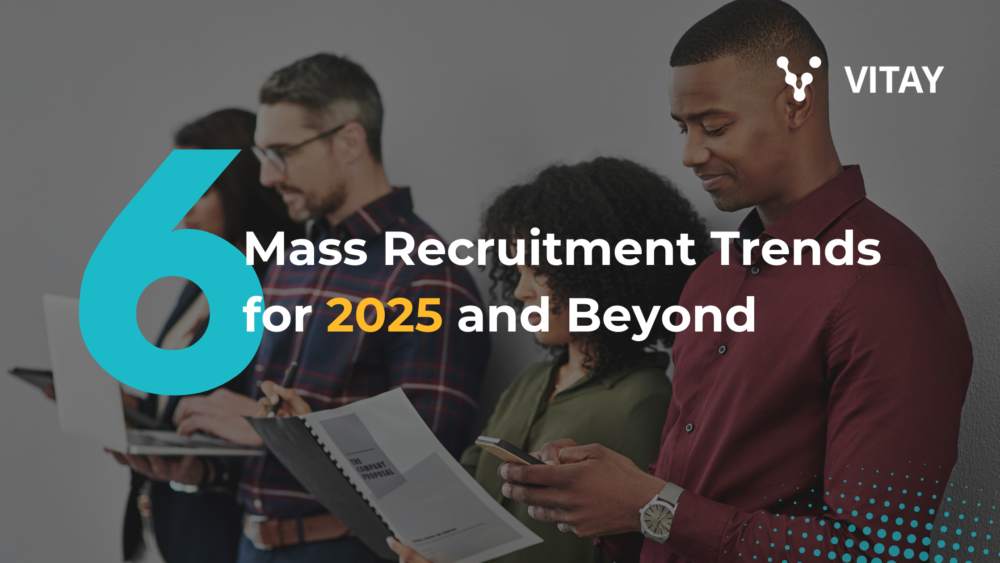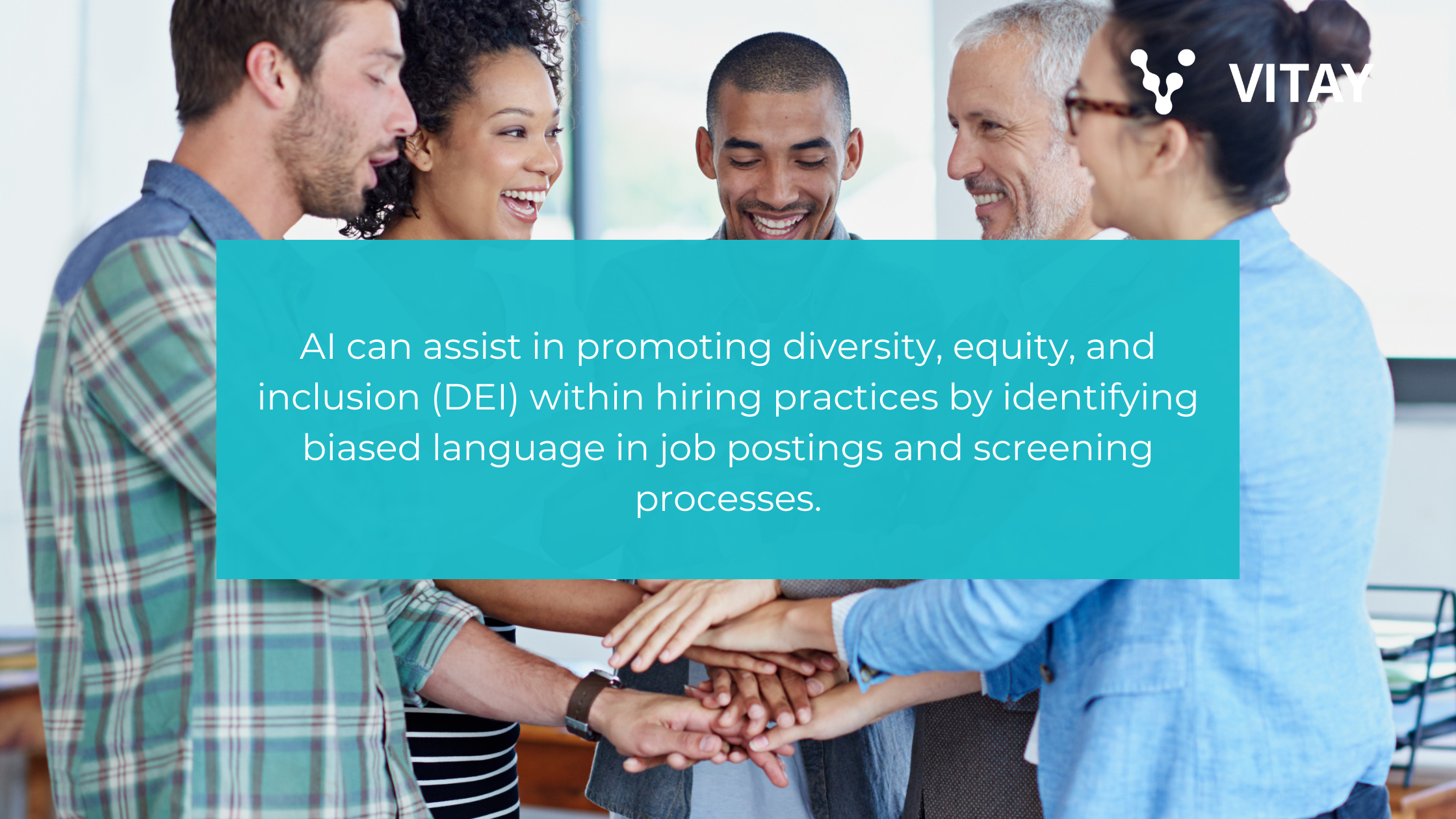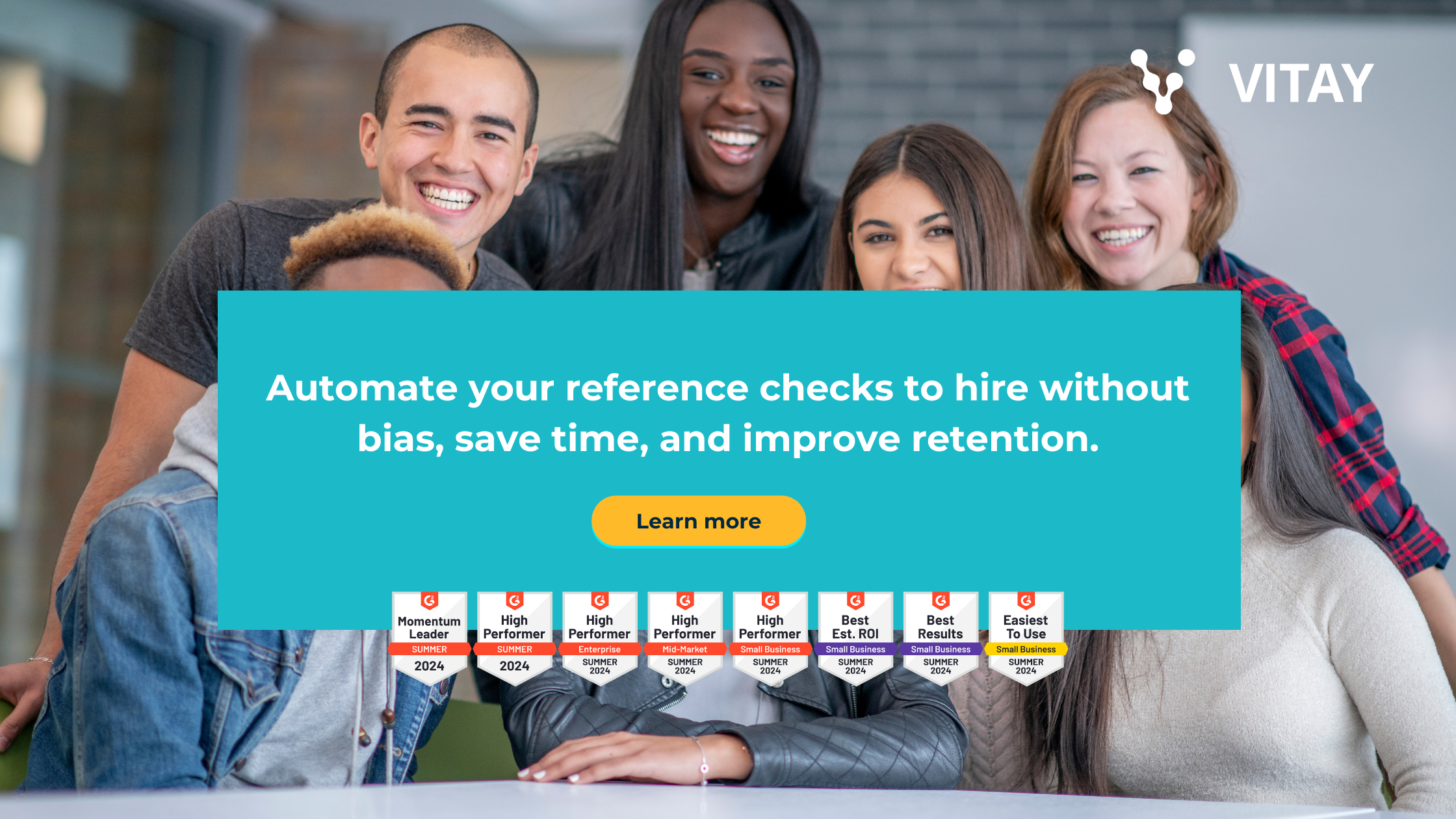Over the past several years, our world has changed in many ways. The word “unprecedented” gets thrown around a lot – but truly, the transformations we have seen rival some of the most important in history.
Staffing and recruiting are no exception. Between changing people dynamics, new technology, and a different work culture (not to mention AI), finding and acquiring top talent is, in many ways, an entirely new science. What does the future hold?
The best way to predict future outcomes is to review history and understand what happened before. What are the current challenges that people are trying to address? Innovation is likely to solve the things that people currently struggle with. In light of recent developments, and with an eye toward the future, we’ve compiled this list of forward-looking trends and predictions for recruitment.
6 Recruitment Trends for 2025 and Beyond
AI in Hiring
Artificial intelligence is helping companies of all shapes and sizes to work better or faster. There are already changes to different platforms and processes based on the latest technology. Some areas where you’ll see AI making more of an impact are candidate search, automation, and predictive analytics.
For example, Amazon is using proprietary AI and machine learning tools to develop online assessments that work better to engage and evaluate candidates. Machine learning helps potential candidates to find the best roles for them in a shorter time frame. On Amazon.jobs, a candidate can search for roles based on title, location, or other keywords. Then the behavior-driven algorithms provide real-time recommendations on job detail pages. The system absorbs all of this information to recommend more relevant roles to candidates in the future.
Reports and dashboards are essential tools that provide valuable insights for recruiting leaders. In the past, you might not know about a problem until you went looking for it. Now, predictive analytics tools can give you a nudge to identify problematic areas before they become significant hurdles. Recruiters can optimize in real time, instead of making incremental improvements following various reporting cycles. We also see teams being able to be more proactive with data, anticipating trends, and making adjustments that can keep them ahead of the competition.
Automation is freeing up recruiting teams all over the globe. Recruiters use a variety of manual processes, many of which can be reduced or eliminated using AI. Intelligent automation with AI pushes workflow configuration even further, which gives teams the leeway to work smarter. Recruiting teams today have access to faster feedback, cleaner talent pipelines, and an overall better candidate experience.
Expanded Job Market
A slow but steady job market expansion is expected over the next few years. Many companies are reporting an increase in job openings, and unemployment numbers are steady at under 4%.
This necessitates an increased need for staffing firms or hiring recruiters. As organizations hope to ramp up their hiring efforts, they’ll need support – and that’s where recruiting firms can come in.
Furthermore, we are seeing rapidly evolving skill sets across the globe. The World Economic Forum predicts that by 2025, 50% of all employees will need reskilling. Talent acquisition strategies will increasingly focus on identifying candidates with the right skills and potential for growth, regardless of their educational background.
This means businesses will need to focus not just on reskilling and upskilling, but new ways to source the right talent. The good news is that talent pools are broadened across borders, age, educational background, etc. This is likely to cause further shifts in how candidates are sourced and interviewed, as well as a greater reliance on recruitment firms who have the expertise to sort through this new landscape.
Free Range User Experiences
The majority of technologies will have trouble with user adoption at some point. This can be incredibly frustrating for companies that have invested in new technology, implemented new programs, and reconfigured processes. People generally do not like change, and will likely present some push-back around new platforms.
That’s why more business leaders are leaning on free-range user experience. The goal is to meet people where they are, using tools they rely on already. For example, hiring managers might receive notifications for interviews or read candidate profiles within tools they already use. Many apps, such as Zoom, have already taken steps to integrate with other platforms to streamline workflows and hiring tools are next.
Technology that can package multiple phases of the recruiting process in an intuitive user experience will be preferred. Vitay is a great example of this concept. You can use the software for automated reference checking, talent feedback, pre-screening, background checks, and more. Recruiters can use Vitay for the entire reference-checking process so they don’t need to hop between various tools. You can send automated requests to references, get feedback from multiple sources in 24 hours, and then receive, share, or store multi-reference analytics all in one place.
Recruiting App Stores
It feels like there is an app for nearly everything, and more and more professionals rely on them for their needs. Recruiting tools are evolving, often leaving teams with over-complicated tech stacks that must be managed across regions or offices. Many companies want to pilot new tools for specific solutions instead of doing a business-wide installation.
More business leaders are looking for an app-store-like experience that can help them to be adaptable, flexible, and quick. This allows them to move faster and hire the best talent quickly, using cutting-edge tools.
Focus on Employee Engagement
You don’t get a second chance to make a first impression, and sometimes the first impression occurs before the recruitment process even starts. These days, driving employee engagement is crucial, and that begins before the candidate is officially hired. Creating an accurate and robust job description, highly responsive communication, and ensuring smooth and customized onboarding for each candidate will become important expectations for recruiters.
Companies will look to recruiters who understand talent acquisition and have high levels of tech-savviness and innovative tools. In this way, the hiring process can add value to the organization’s vision and growth, contributing to engagement over time – as well as the bottom line.
Drastic Reductions in Time-to-Hire
In 2023, it took companies an average of 44 days to fill a role. Naturally, most companies want to reduce those numbers, especially so in a competitive job market where too much time passing can mean you lose your dream candidate.
More intense competition for the same talent pool necessitates a serious reduction in lead time. The new expectation is that gig hiring, which once could take days or even weeks, will occur in only hours. Recruiters must have smarter tools and better training to meet this demand. Organizations will turn to recruiters that are proven to be swift and cost-effective.
The future of recruitment is based on usability, flexibility, and connectivity. We recommend using Vitay’s tools to automate important parts of the recruiting process and streamline the often time-consuming reference-checking process. Explore Vitay solutions here, or browse our blog for more advice on hiring and keeping top talent.






Comments are closed.